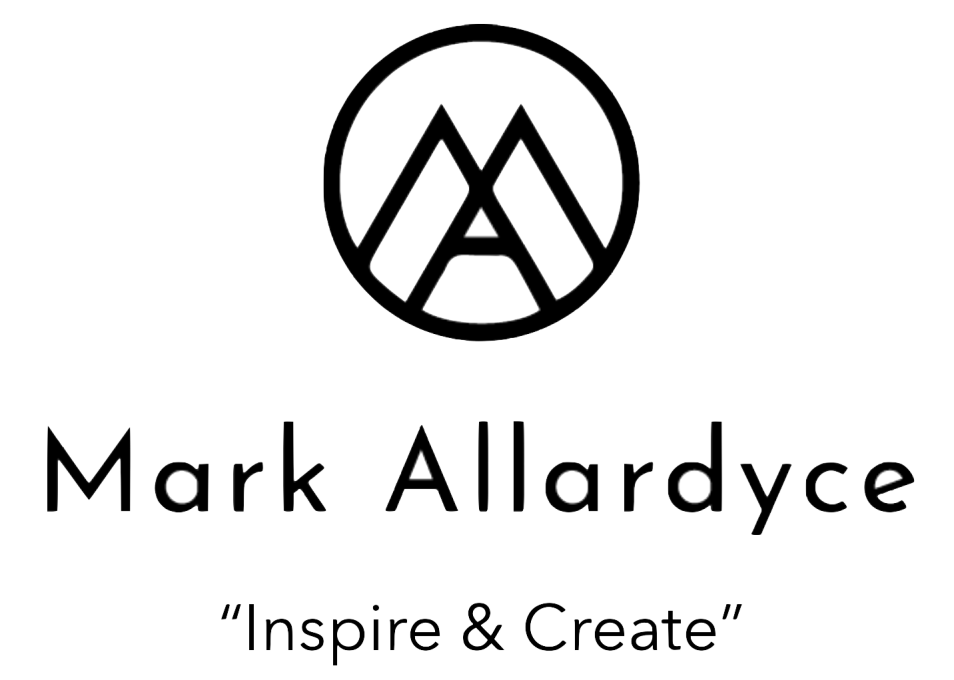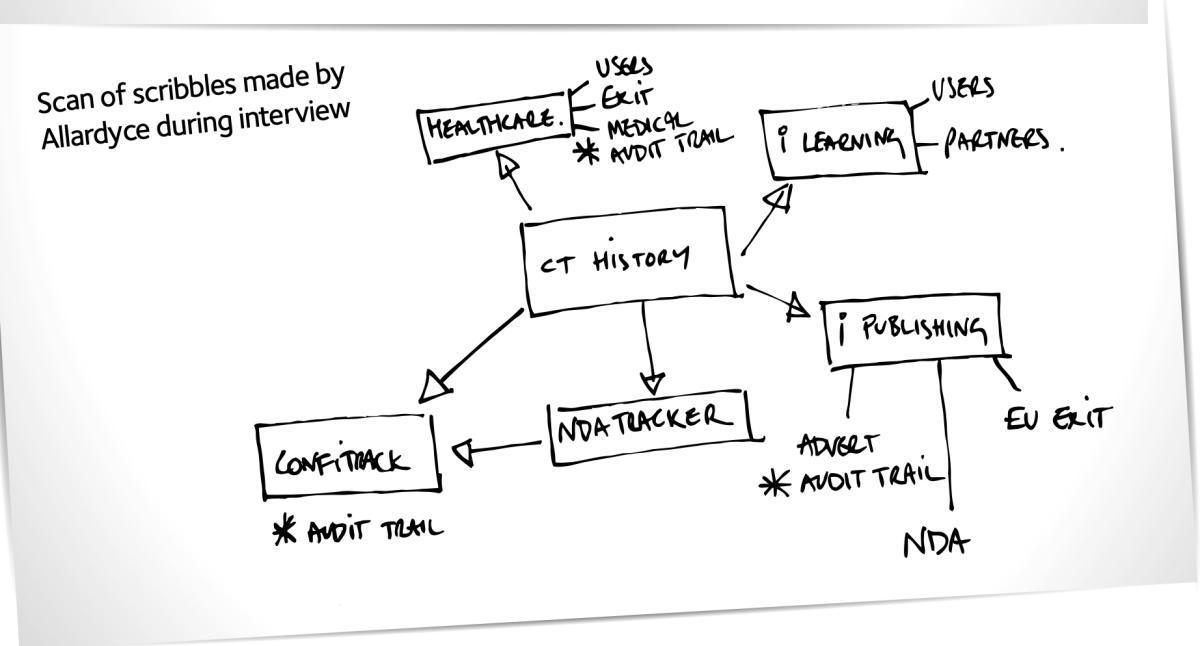It’s funny how chasing cardiac rehab data can lead to rewriting the way the world signs an NDA.
How did it all begin?
We started out in the healthcare industry. Our first products were fitness related but they quickly grew to include multiple apps covering Lifestyle, Health Stress, Nutrition, Fitness, Work related Stress and Cardiac rehabilitation.
Before we knew it we were web based and screening hundreds of thousands of employees across the UK and Europe, with clients like BP, Cadbury, Rover, British Steel, prisons, banks, airports, the military, government, police, fire, ambulance and hospitals.
Key to our service was a full online medical audit trail that allowed medics to manage, control and spot trends in real time. With over 40% of the UK’s cardiac rehabilitation units using our services, we were one of the first companies to link NHS primary and secondary care in real time over the NHSNET.
With over 2,000 systems on 24-hour support, the company was sold in 2000. The exit was to a fully listed company on the London Stock Exchange. The business grew rapidly, opening offices in London, New York, Jerusalem and Manchester, with an ops team of more than sixty programmers, project managers and technicians. With thousands of systems globally on full support, we serviced over 9 million covered lives in US HMOs and over 15 million in EAPs.
What did you do after the exit?
A few months later, after we’d all done the beach to death, we sat around the boardroom table. One of our team was a Fellow of the Institute of Credit Management (ICM) and he suggested we use our skill set to build an interactive learning platform for the credit and receivables management industry.
The ICM, Europe’s largest credit management organisation (and second largest globally), had been around for over 70 years. To gain rapid market acceptance we partnered directly with them.
We created ICMOS (ICM Online Services). It quickly became their flagship website, officially adopted by Lord Mandelson’s Business and Enterprise department as the voice of UK government. It became an industry standard, with a user list including HMRC, British Gas, Shell, National Australia Bank, HSBC, BT, PWC and more.
Is marketing a core strength in your team?
It’s always about marketing and PR, especially online. And yes, we’ve always punched above our weight. But honestly, our core strength is listening — listening to what the market wants and then delivering. Over the years we got to know many writers and broadcasters who all wanted a service that let them publish and monetise their content online.
Didn’t you do exactly that?
Yes we did. We delivered pieces of paper that believe they’re websites. Our tech took a conventional book format but online, the PDFs did unusual things. The pages were tricked into thinking they were websites. They launched video (very Harry Potter), played music, ran quizzes, surveys and real time questionnaires, produced back office data, statistics and marketing insights. Even now it’s way ahead, but back in the early 2000s it was a huge leap. A new interactive publishing technology had emerged.
It proved to have far-reaching applications across Sport, News Media and Entertainment, Children’s Learning Materials and Business and Marketing. The tech enabled clear advantages over conventional platforms, pushing your message straight into inboxes, tracking, monitoring and fully monetising everything. Our background in medical audit trails made adapting an advertising revenue share audit trail simple.
So how did ConfiTrack happen?
While we were positioning the business for an EU exchange reversal, we were in talks with countless advisors. Discretion was key. NDAs and NDNCA’s were flying everywhere, sometimes delaying deals by days waiting for printed, signed, scanned or faxed documents.
We decided to use our own product to speed it up. For example we’d send a 30-page business plan, but only the front page (the NDA) was visible. The rest would only open after they clicked to accept the terms. Click and wrap on a document.
Our IP lawyers confirmed it was legally binding. In fact they were amazed it didn’t already exist. So were we. If it had, we’d have been using it. NDATracker was born.
But the law firm saw something bigger. Why stop at NDAs? Why not track and control any confidential content? ConfiTrack was born.
Turns out, sometimes the path between healthcare data and new NDAs is shorter than you think.
WHAT’S YOUR STORY?
Together we can change the world.



